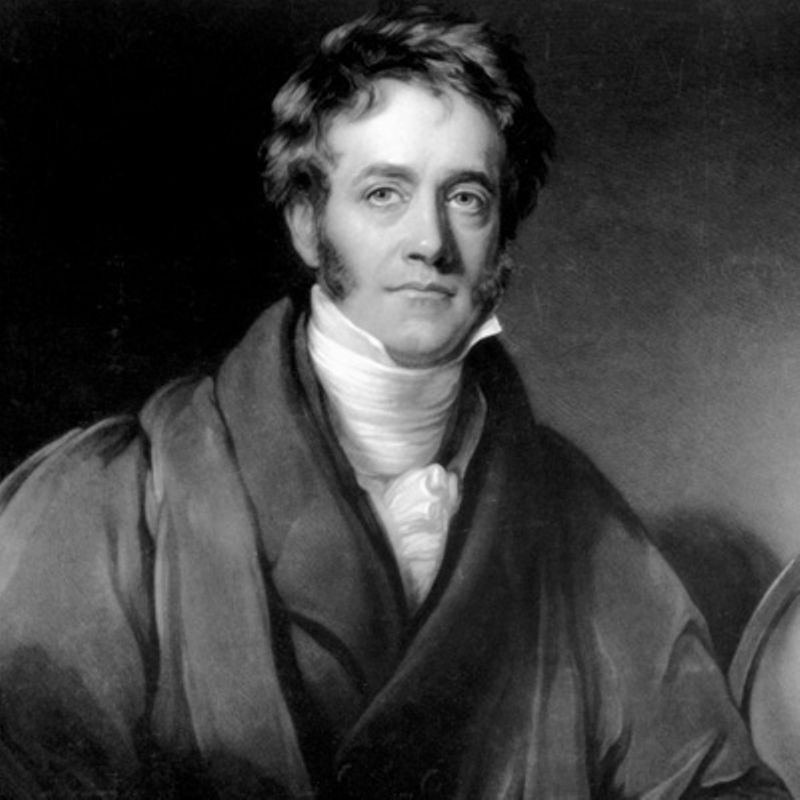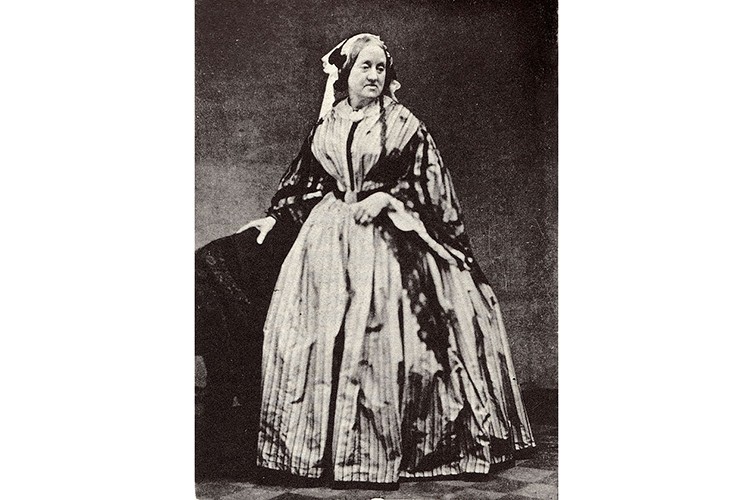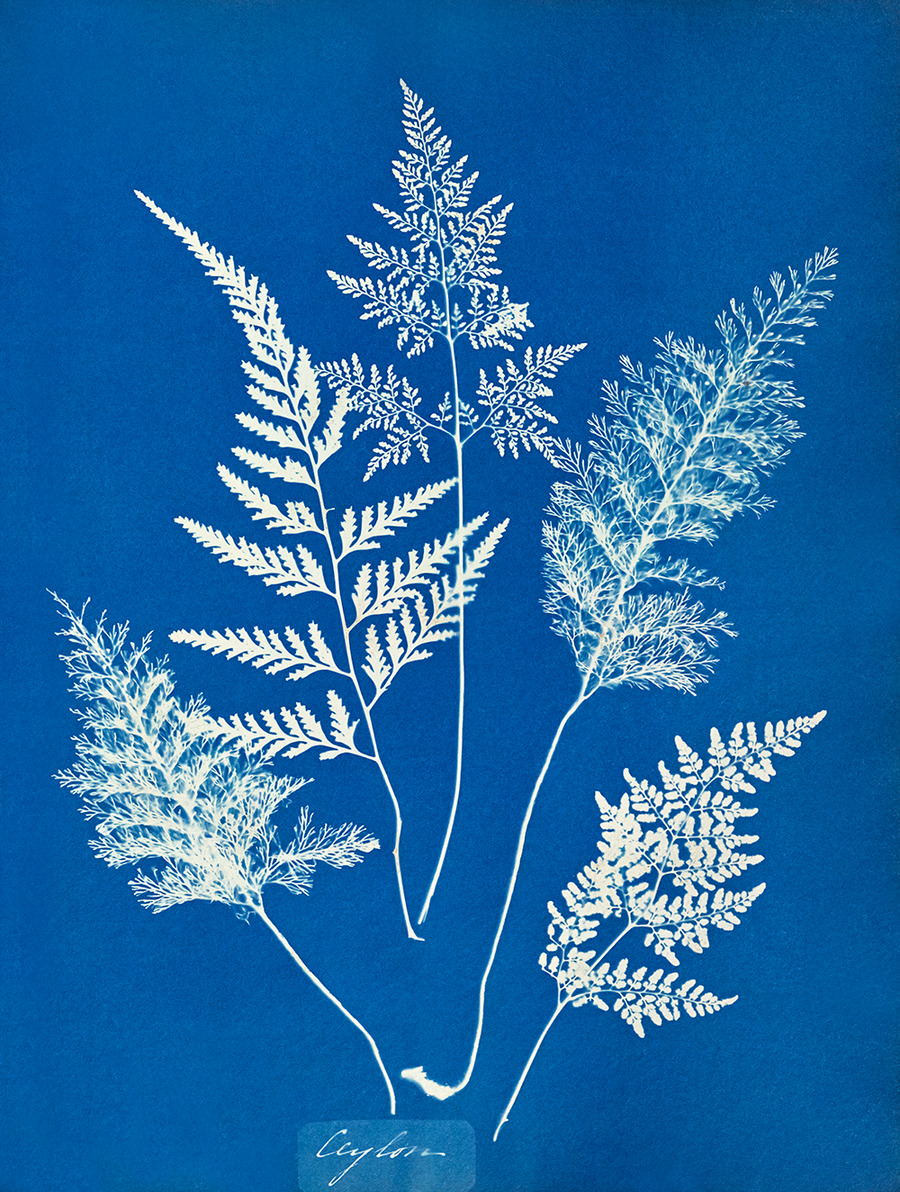As a Science
The process of creating cyanotypes was first discovered by Sir John Herschel in 1842, he did not consider it to be a way of creating art, but merely a way to reproduce notes.

Cyanotypes are made by mixing ferric ammonium citrate and potassium ferricyanide to create a light-sensitive solution, which is then applied to a piece of paper. When you wish to produce an image, you would place an object onto, or above, the paper under a light source to create a shadow, the shadow projected onto the paper would shield the light-sensitive solution from light, allowing the shadow to mark the paper. After a few minutes, you would put the paper in either water or another desensitising chemical so it would stop the process, leaving an image. Cyanotypes can be reproduced, these are called blueprints.
As an Art-Form
Cyanotype images appear as different shades of blue with little detail within the shapes created, this allows, for example, plant life to appear familiar yet different. As cyanotypes use shadows as a way of marking the paper, the shapes created are usually clear and easily interpreted, the simplicity of these images, in both colour and shape, allows them to be easily appreciated and understood as an art form.

Anna Atkins
Atkins was a 19th century botanist who became known as one of the first people to publish a book with photographic illustrations, as well as the first female photographer. She published her book: Photographs of British Algae: Cyanotype Impressions in late 1843, which contained cyanotype images of algae or seaweed. Atkins also published a number of fiction novels in her later years.


Christiana Z. Anderson

Anderson is a photographer who uses several 19th century photographic processes such as Cyanotypes, Salted Paper, Gum Bichromate and Palladium. Her work has had several exhibitions in multiple countries and she has also published many books about how she creates images using these older methods.

My Attempt at a Cyanotype Image

